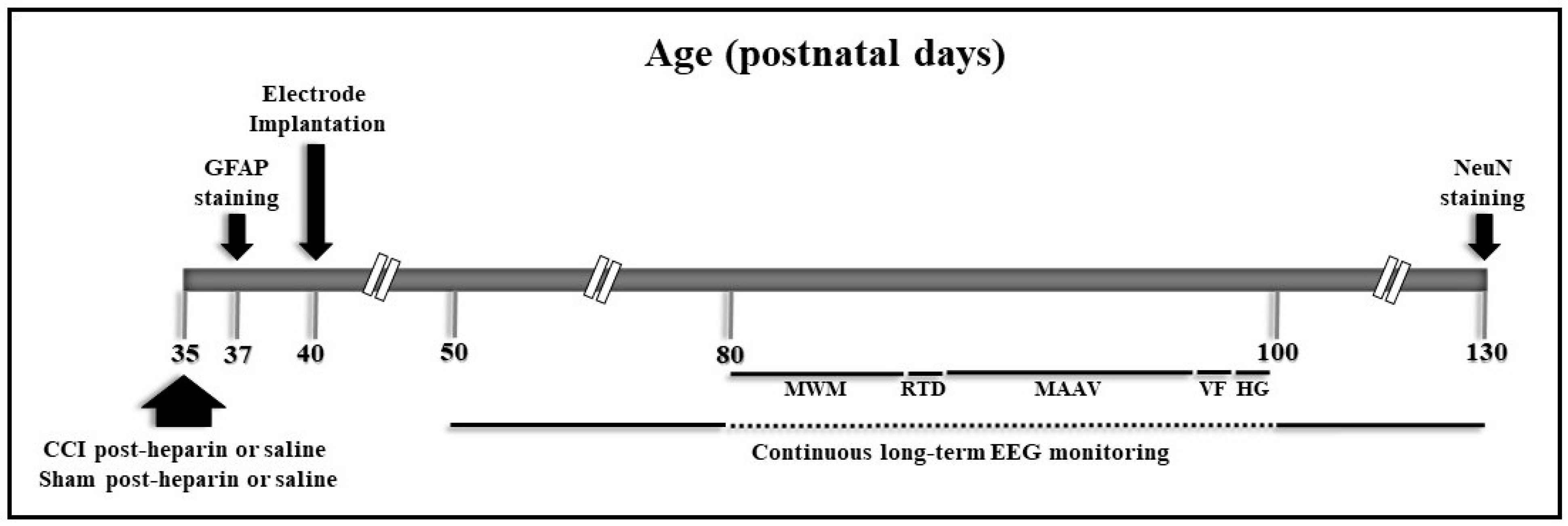
Lantana plants produce showy flowers all year round in frost-free areas and dieback to the ground in the winter in zones 8b or lower. A 2003 survey of the Florida nursery industry, which consisted of more than 5000 nurseries, indicated that 19.0% of the responding nurseries produced lantana, and the annual sales value of lantana in Florida was estimated to be more than $40 million ( Wirth et al., 2004). Third, both positive and negative emotions were maximally decoded at around 500ms after picture onset, and the maximum EEG decoding accuracy was correlated with fMRI decoding accuracy in ventral visual cortex, suggesting that reentrant projections into ventral visual cortex from higher order emotional structures play a role in generating the neural representations of affective pictures.Lantana ( Lantana L., Verbenaceae) is widely produced and used in the United States, especially in the south. Second, across subcategories of pictures, erotic scenes were the earliest to be decoded, followed by disgust scenes, attack scenes and happy scenes, suggesting that the timing of neural information processing is specific to picture content.

First, pleasant-versus-neutral decoding became above-chance level at ~180ms after picture onset, whereas unpleasant-versus-neutral decoding became above-chance level at ~240ms, suggesting that the processing of negative information is not prioritized, timing-wise, over positive information. Applying the support vector machine (SVM) technique to single-trial EEG and fMRI responses, we decoded pleasant-versus-neutral and unpleasant-versus-neutral emotional states, and found the following results. The inter-trial interval varied randomly from 6000 to 9000ms. On each trial the picture was shown for 1000ms. Here, we examined this problem by applying multivariate pattern analysis (MVPA) to EEG and fMRI data simultaneously recorded from healthy human subjects viewing pleasant (erotic and happy scenes), unpleasant (disgust and attack scenes), and neutral (household and people scenes) pictures from the IAPS library. To date, ERP studies testing this proposition has produced mixed results. It has been further suggested that negative stimuli evoke faster and stronger neural responses compared to positive stimuli.

Both positive and negative emotional stimuli attract more attentional resources than neutral stimuli.


 0 kommentar(er)
0 kommentar(er)
